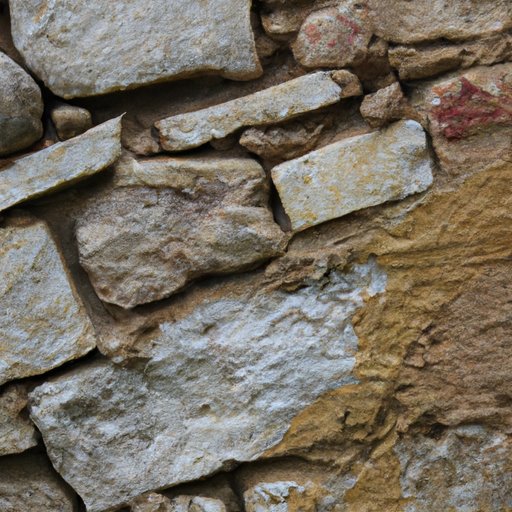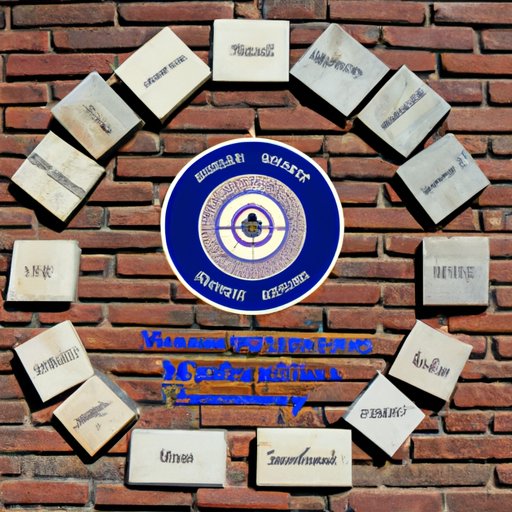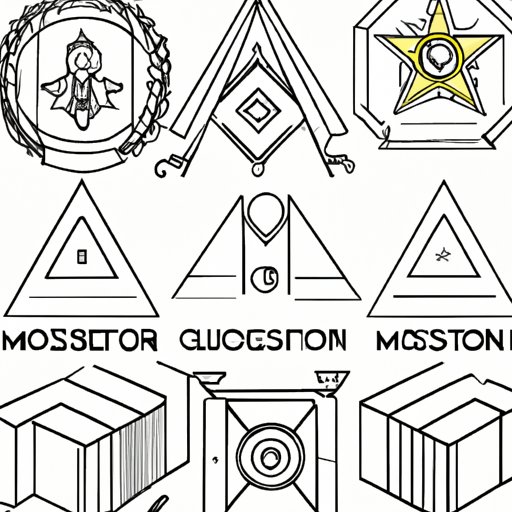Introduction
Freemasonry, commonly referred to as Masonry, is a fraternal organization that has been around since the late 17th century. It is believed to have originated in England, although its exact origin is still debated by scholars. The purpose of Masonry is to promote fellowship, morality, and self-improvement among its members. There are many benefits to becoming a Mason, from developing close friendships to participating in charitable events.

History and Background of Masonry
Masonry has a long and interesting history. It is believed to have originated in England in the late 1600s and early 1700s. During this time, there were numerous professional guilds or lodges that served as social clubs for working stonemasons. These lodges gradually evolved into what we now know as Masonry. The organization spread throughout Europe and eventually to the United States in the late 18th century.
Since then, Masonry has grown and developed into an international fraternity with millions of members. While the organization has changed over the years, its core values of fellowship, morality, and self-improvement remain the same.

Qualifications for Becoming a Mason
There are certain qualifications that must be met in order to become a Mason. First, the applicant must be at least 18 years of age. Additionally, he must demonstrate good moral character and have a belief in a higher power or deity. Lastly, he must be sponsored by two current Masons who can vouch for his character.
Application Process
Once the applicant meets the qualifications, the next step is to complete the application process. This involves filling out the necessary paperwork and providing proof of identity, such as a driver’s license or passport. The applicant will also need to provide references from two current Masons who can vouch for his character. Once the application is complete, it must be submitted to the lodge where the applicant wishes to join.
Masonic Rituals and Symbology
One of the key aspects of Masonry is its rituals and symbols. These rituals are used to teach lessons about morality and self-improvement. They are also meant to create a sense of unity among members. Each ritual has a specific meaning and is designed to help Masons learn more about themselves and their place in the world.
In addition to rituals, Masonry also uses symbols to convey its teachings. These symbols often have multiple meanings and can be interpreted in various ways. For example, the square and compass are two of the most recognizable symbols used by Masons. They represent the idea of balance and harmony in life.
Getting Involved in the Local Masonic Community
Once a person becomes a Mason, the next step is to become involved in the local Masonic community. The best way to do this is to locate nearby lodges and attend regular meetings. Most lodges also hold special events, such as fundraisers and educational seminars, which are open to all members. Participating in these events is a great way to meet other Masons and get involved in the organization.
Conclusion
Becoming a Mason is an exciting journey that can offer many benefits. To become a Mason, one must meet certain qualifications and complete the application process. Understanding the rituals and symbols of Masonry is also important for gaining a deeper appreciation for the organization. Finally, getting involved in the local Masonic community is the best way to make the most of the Masonry experience. By following these steps, anyone can become a part of this ancient and fascinating fraternity.
(Note: Is this article not meeting your expectations? Do you have knowledge or insights to share? Unlock new opportunities and expand your reach by joining our authors team. Click Registration to join us and share your expertise with our readers.)
